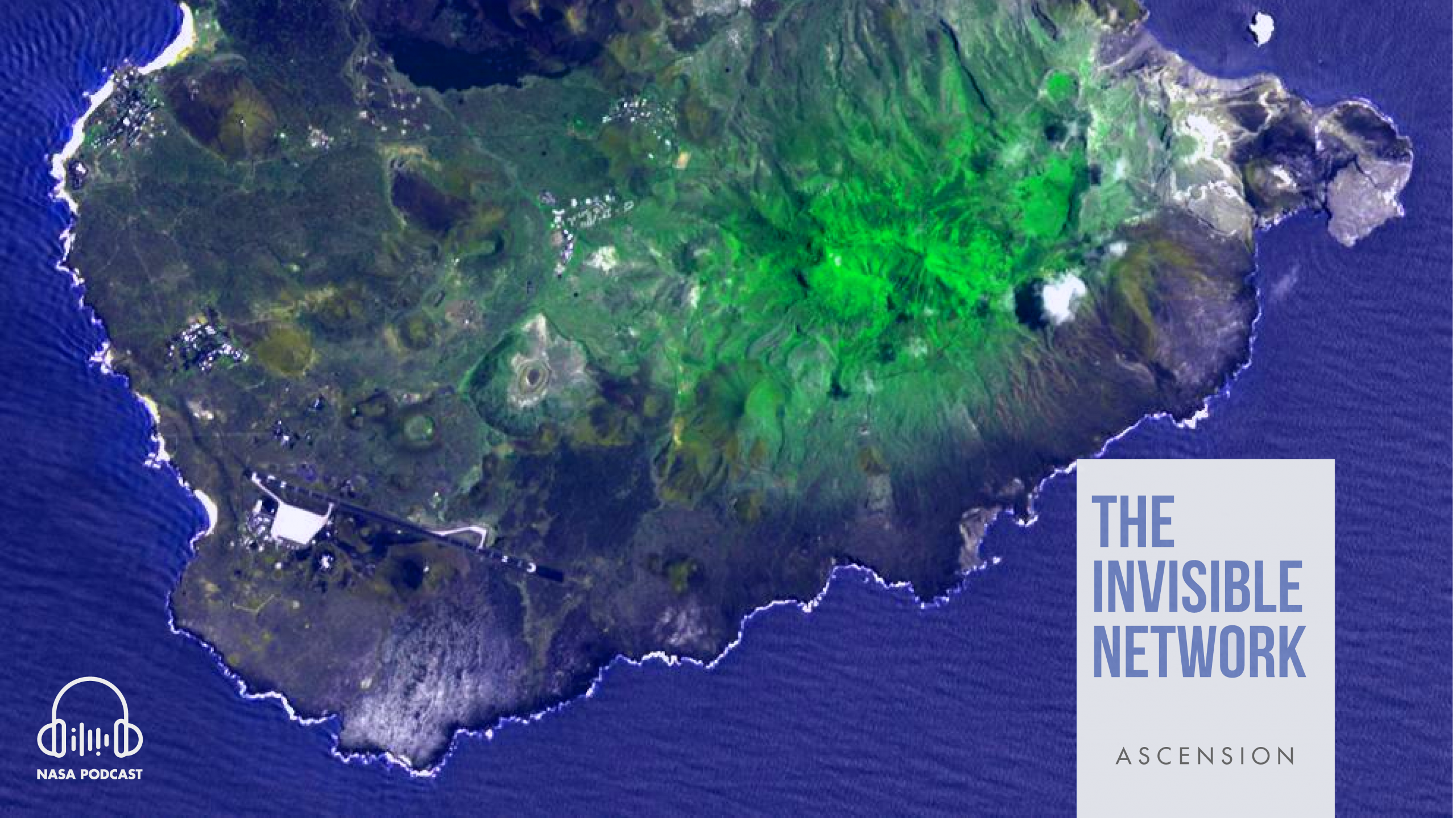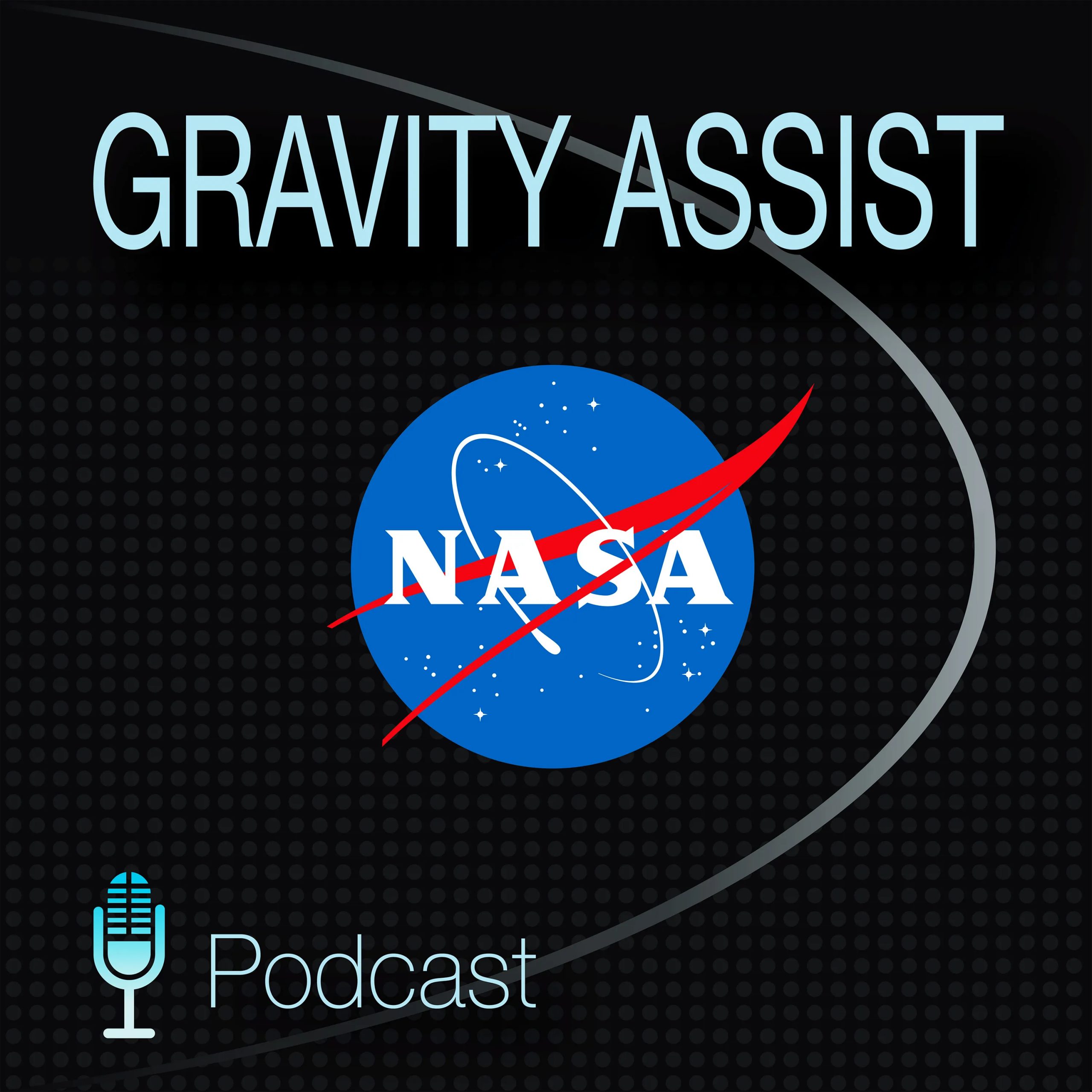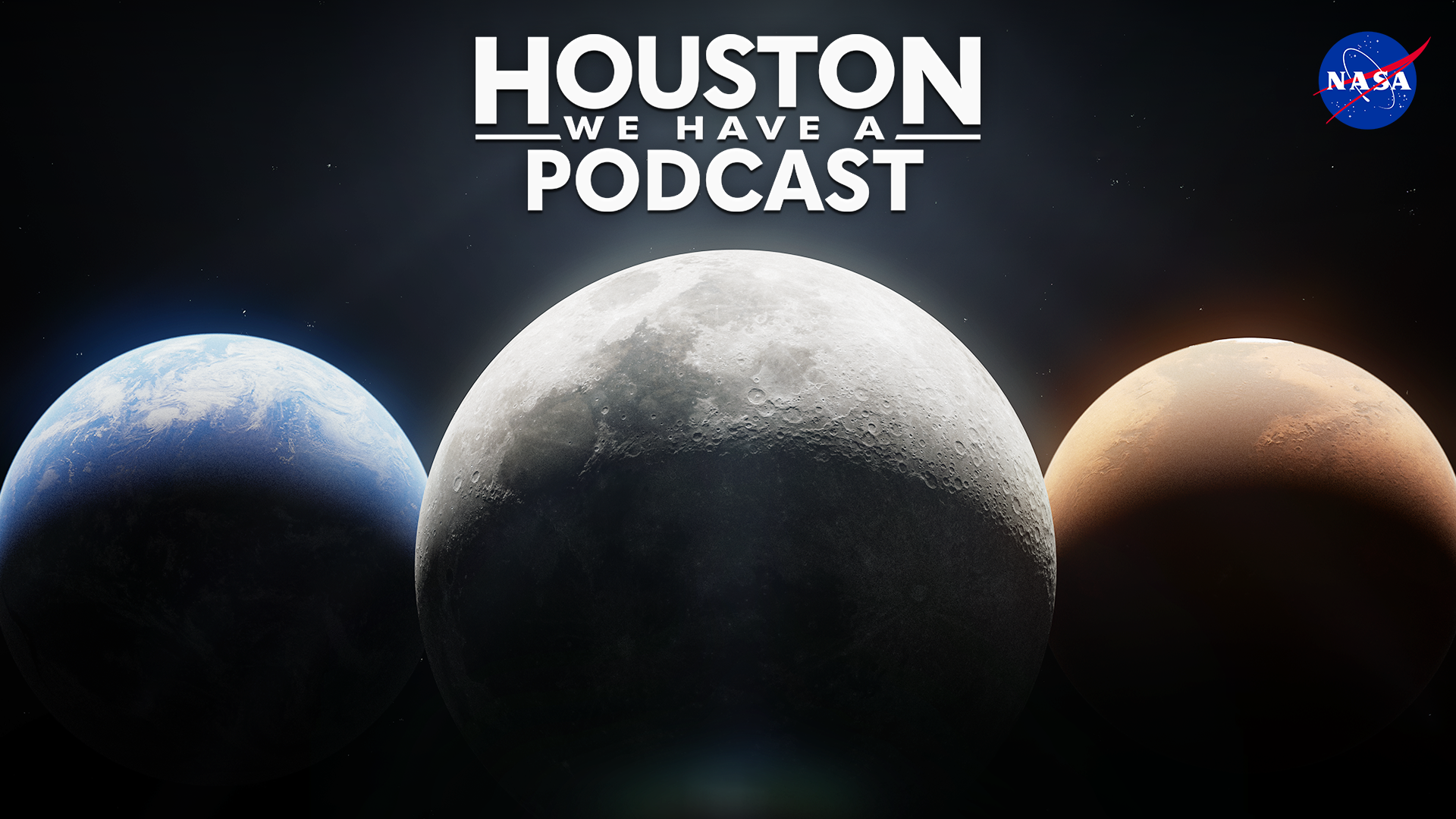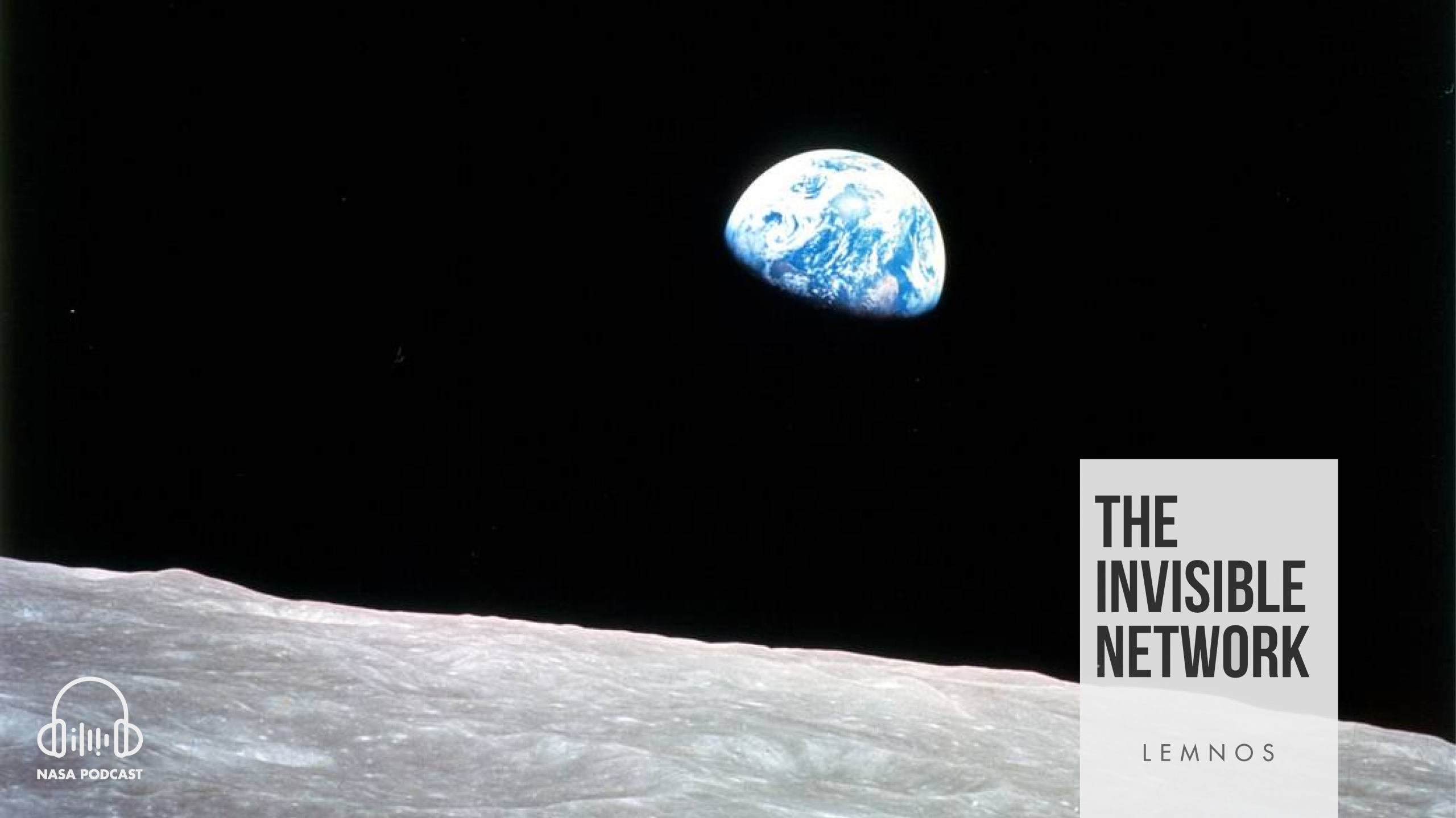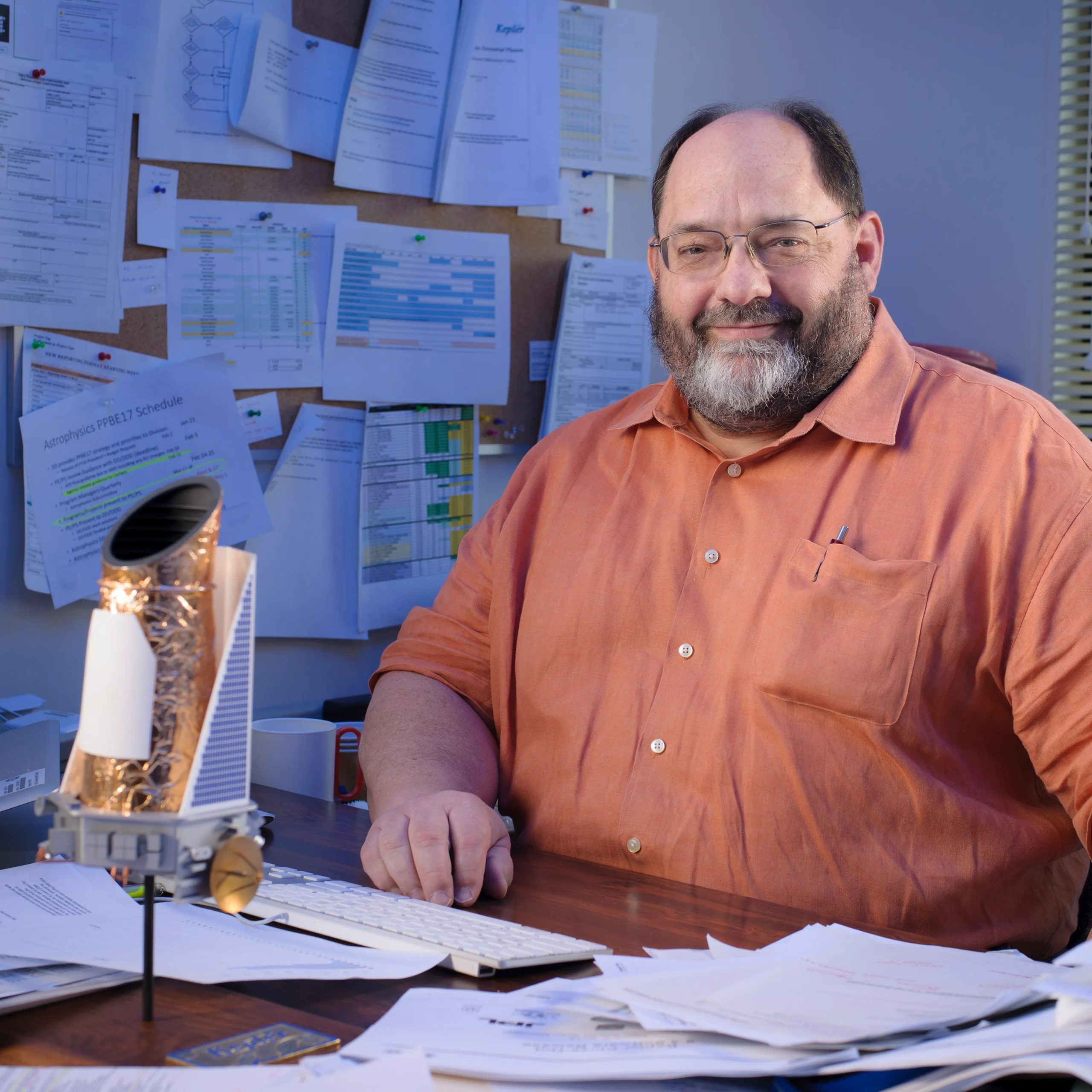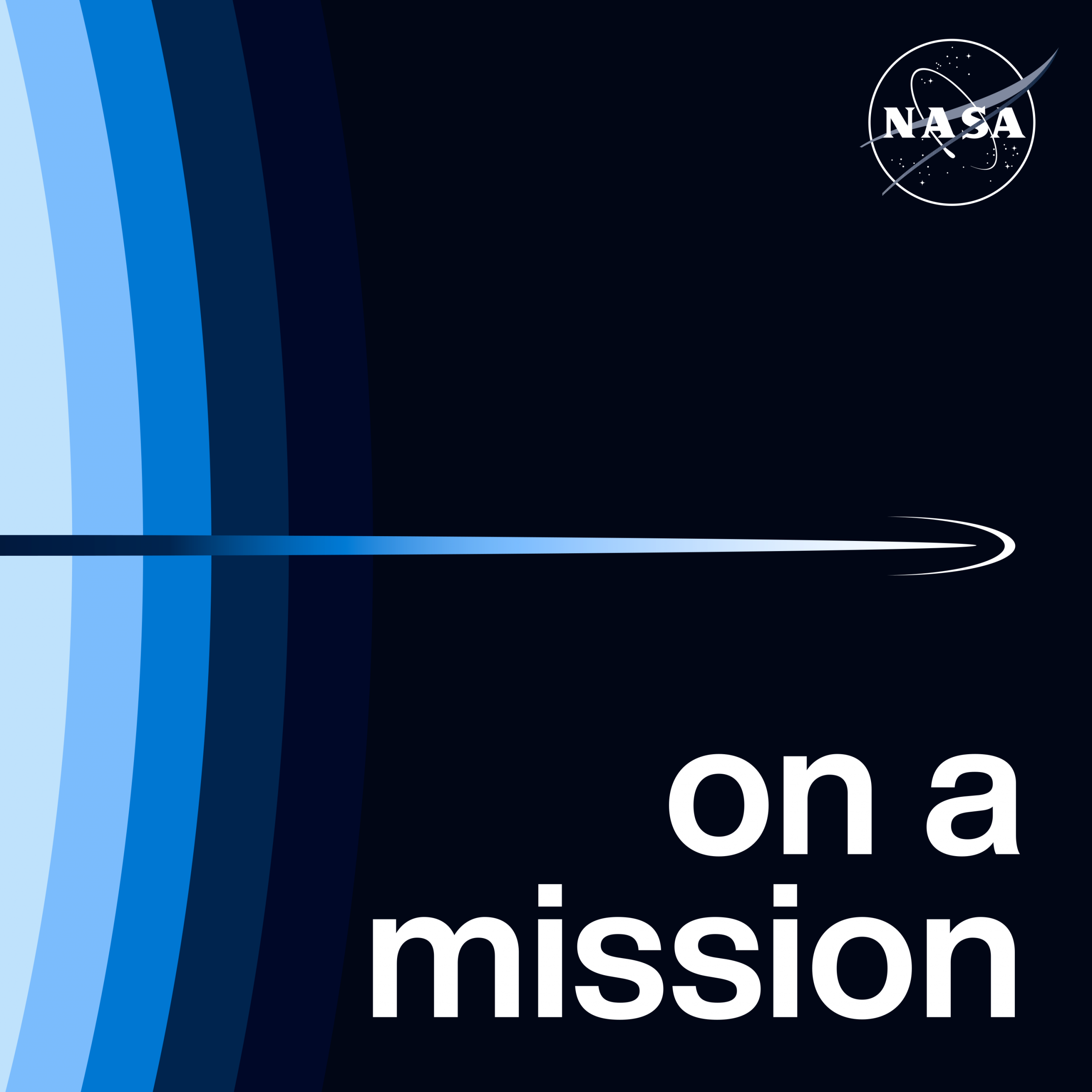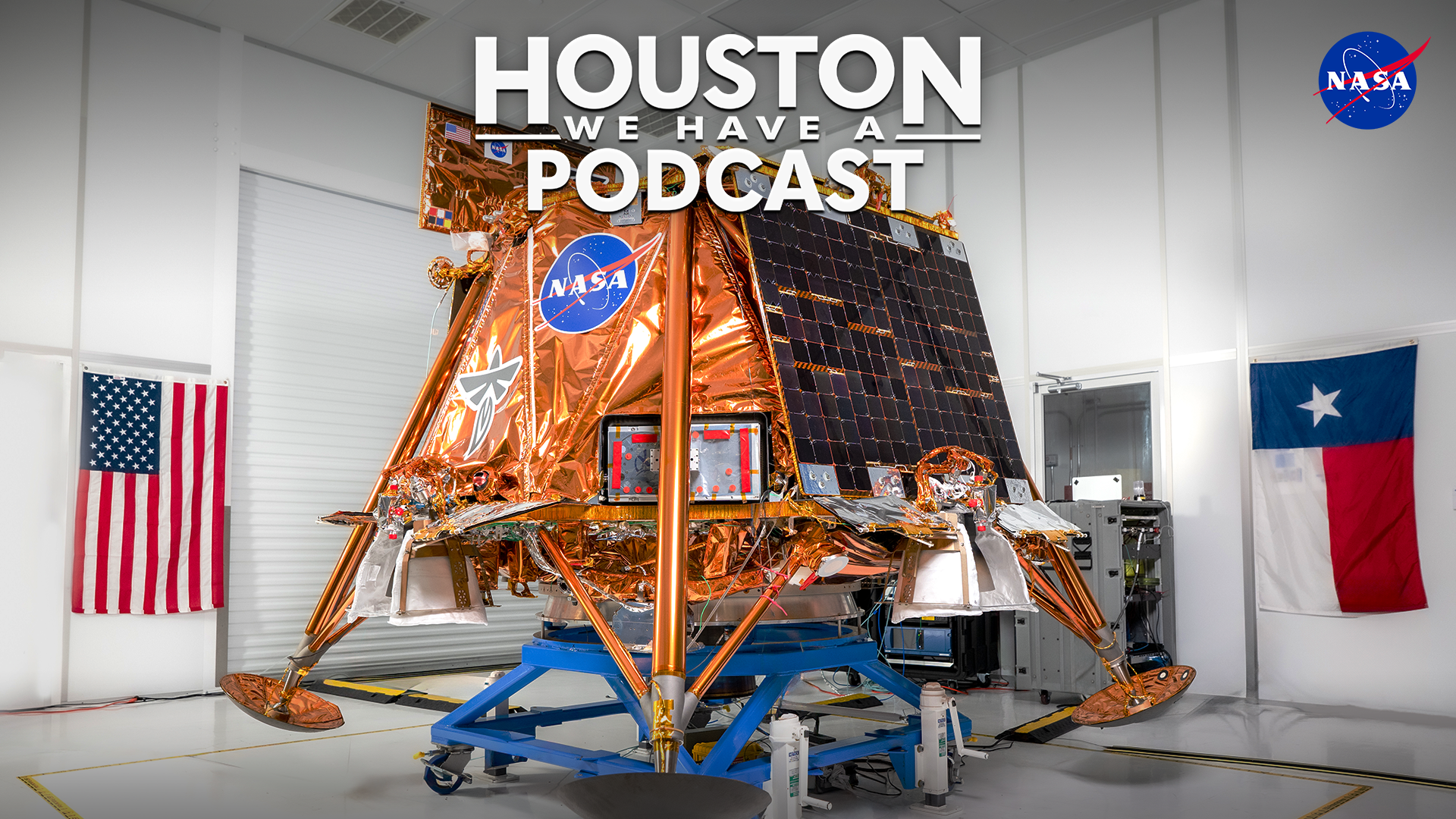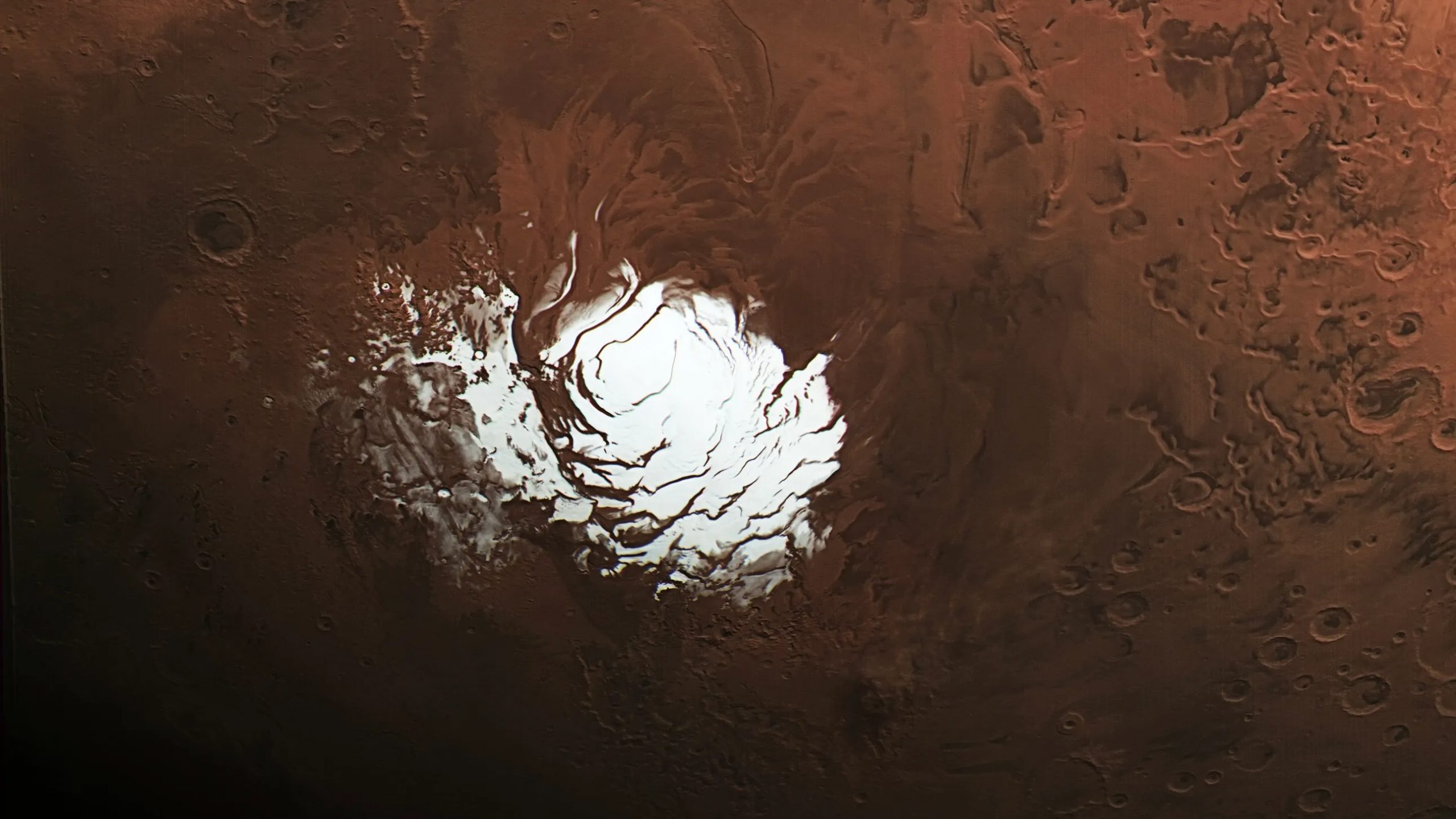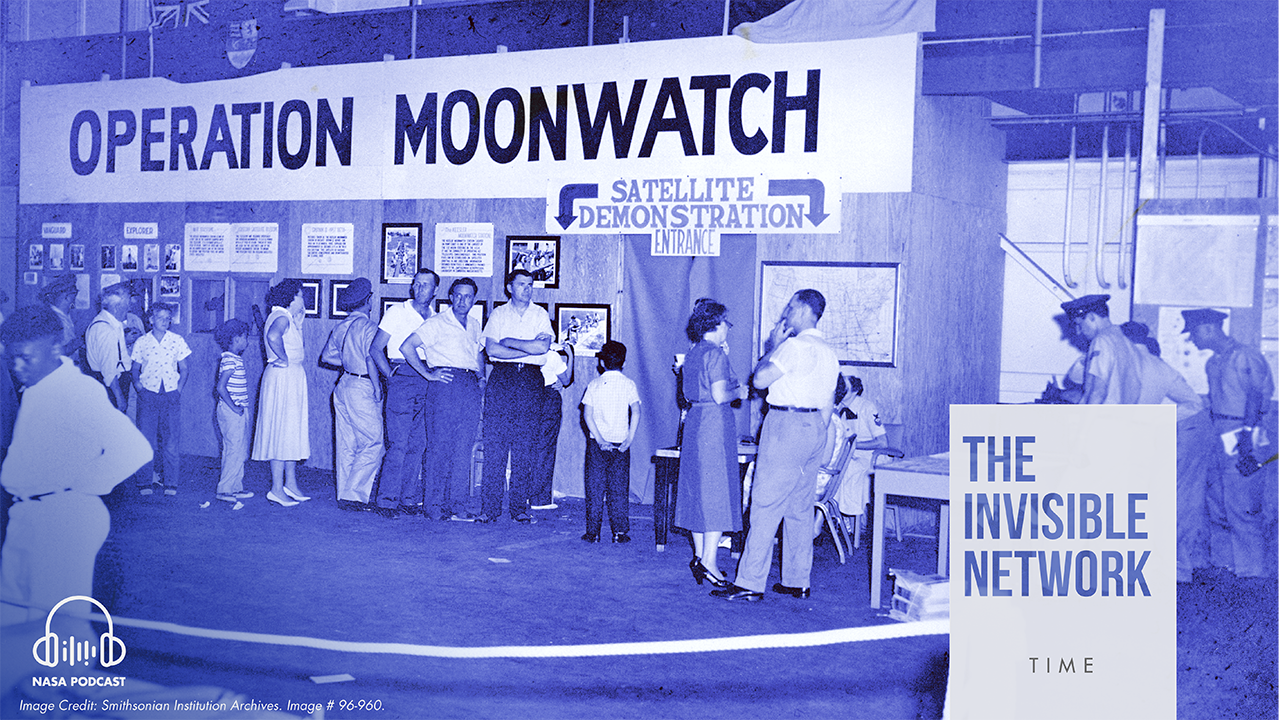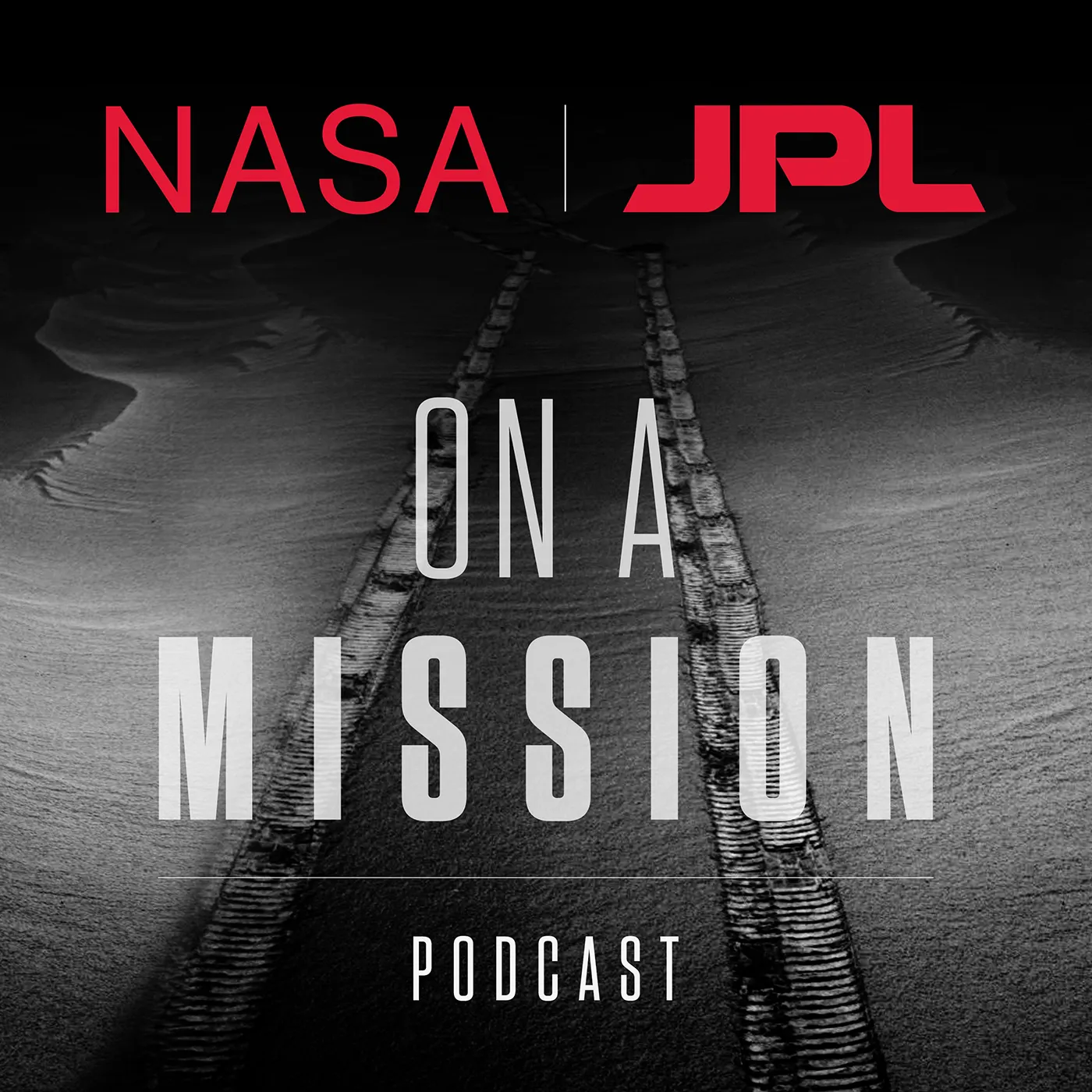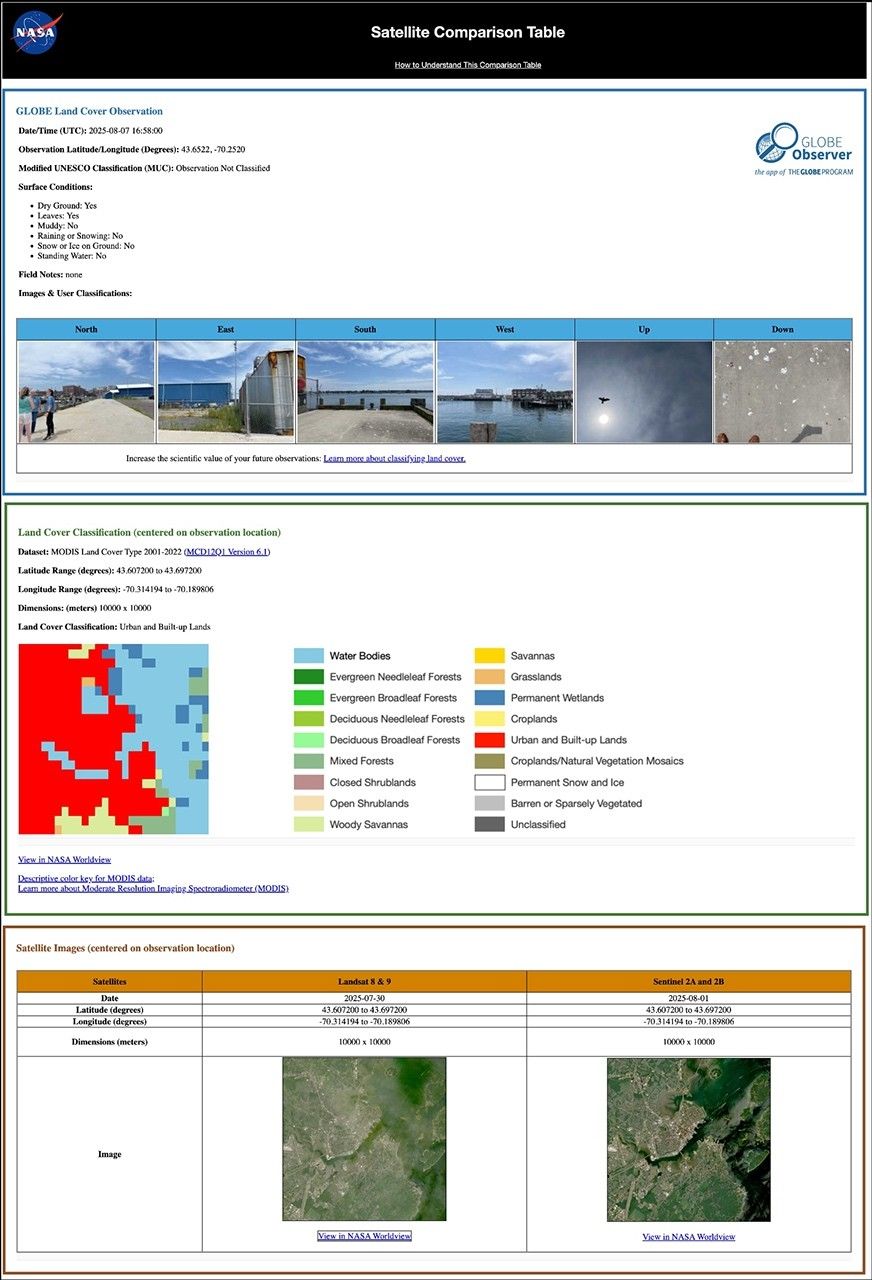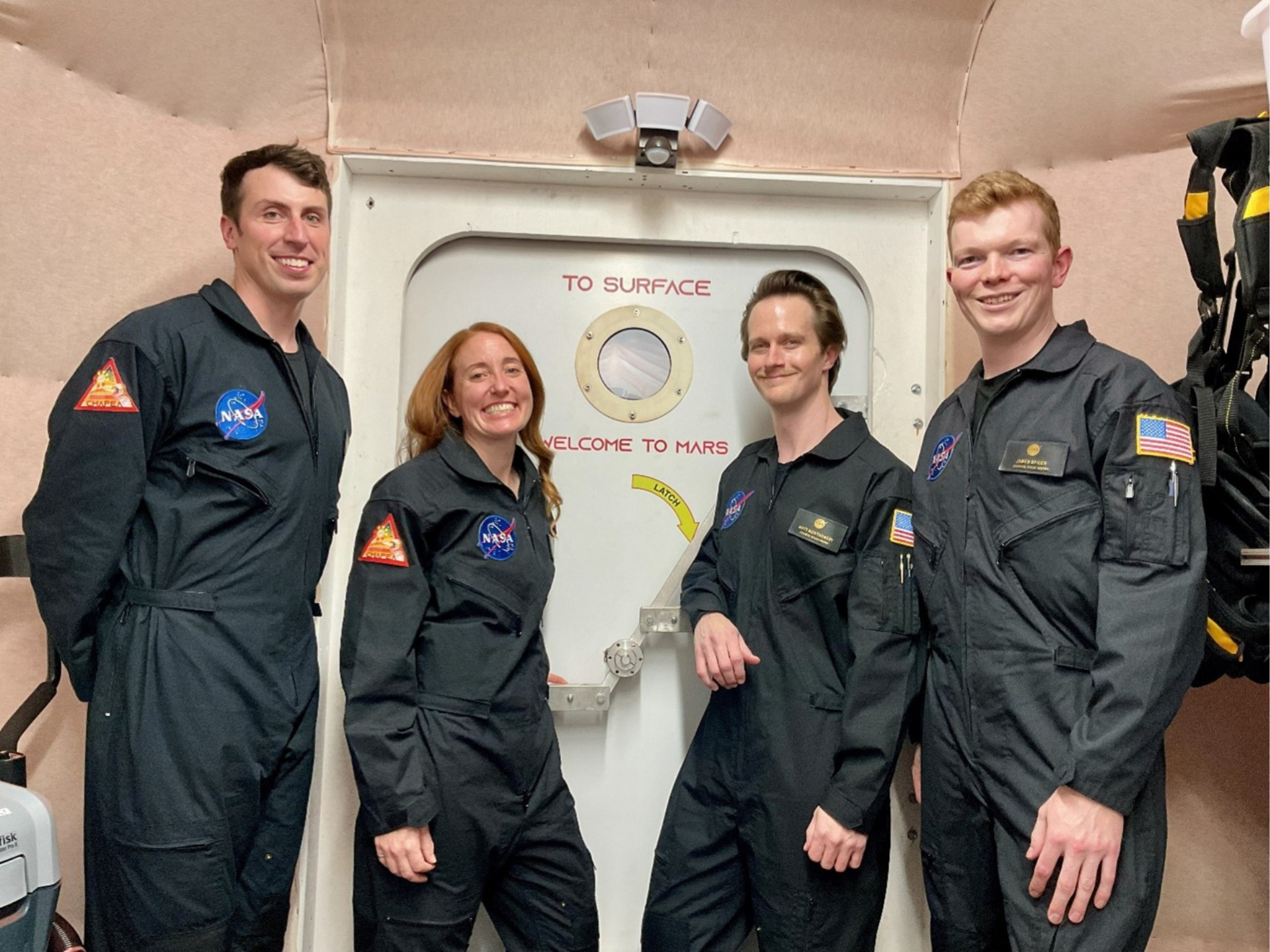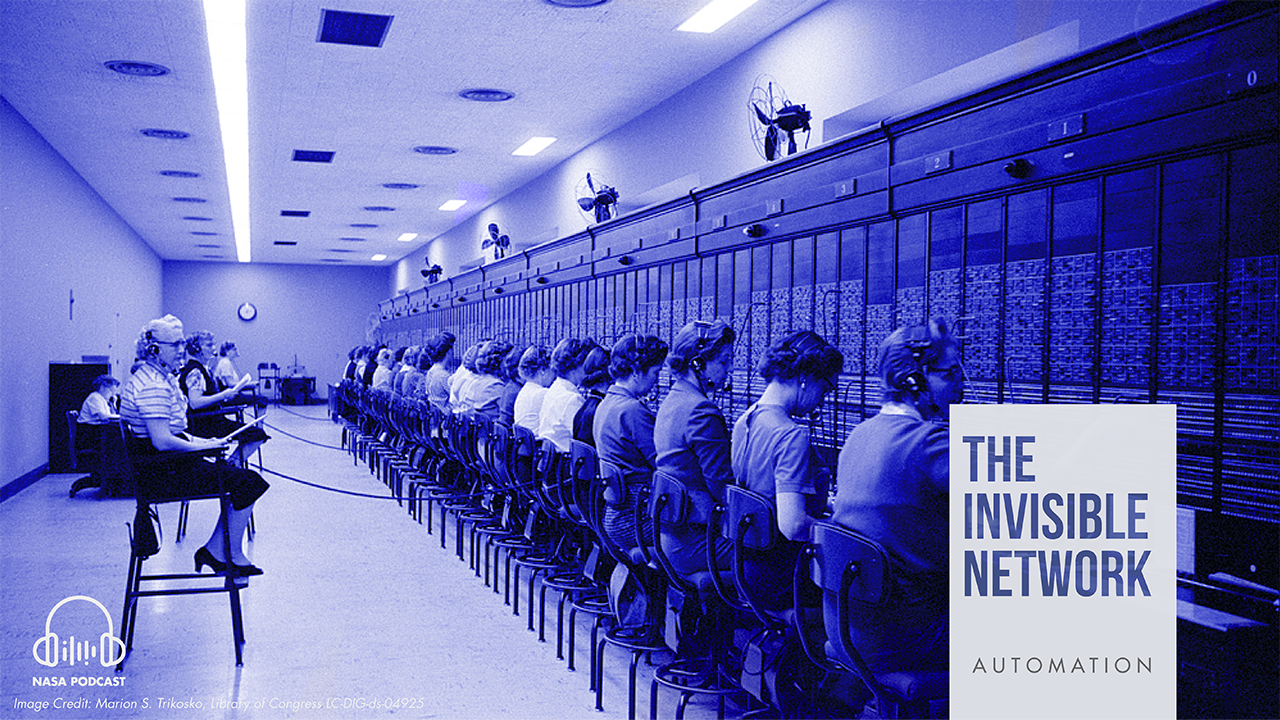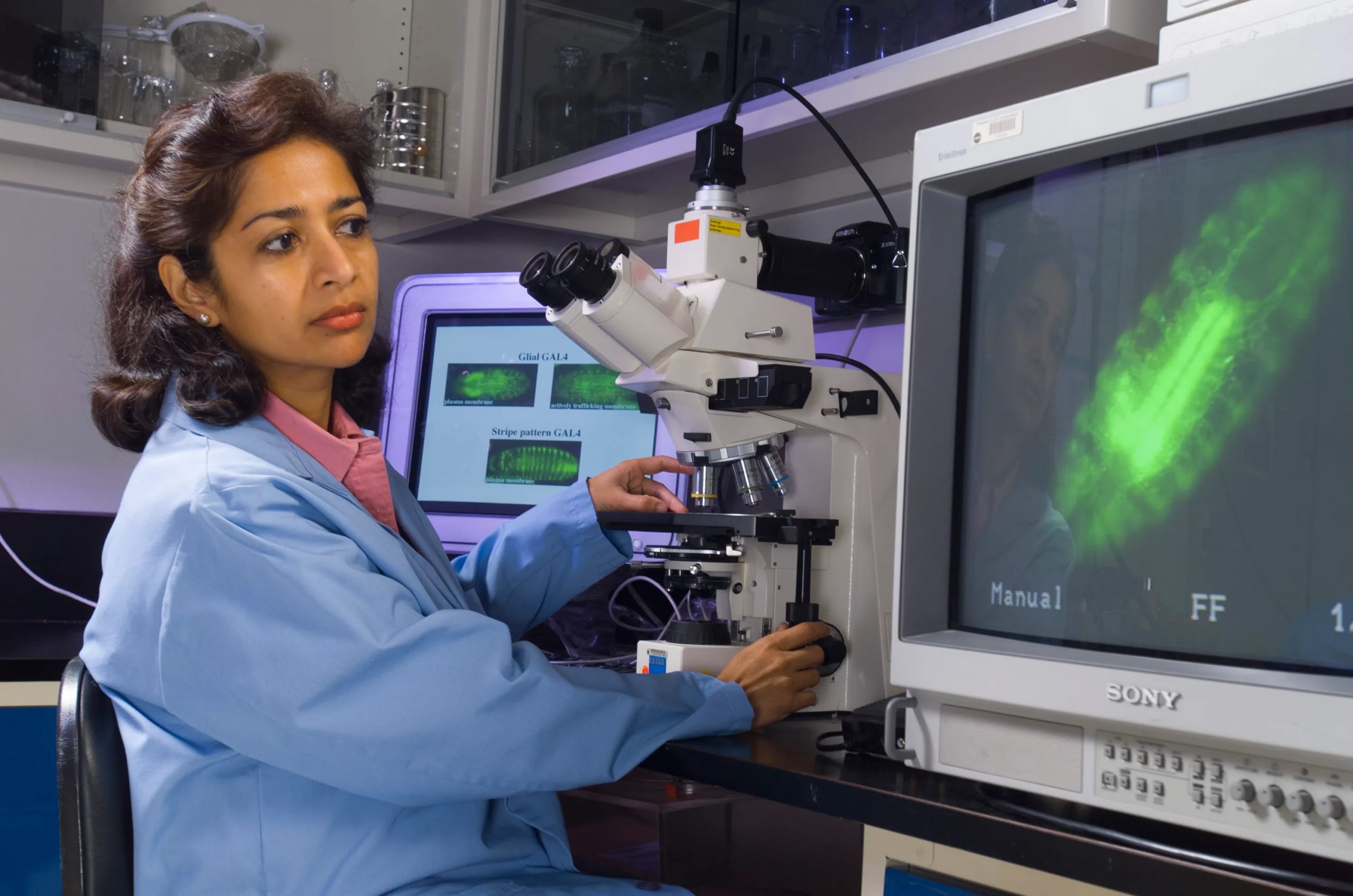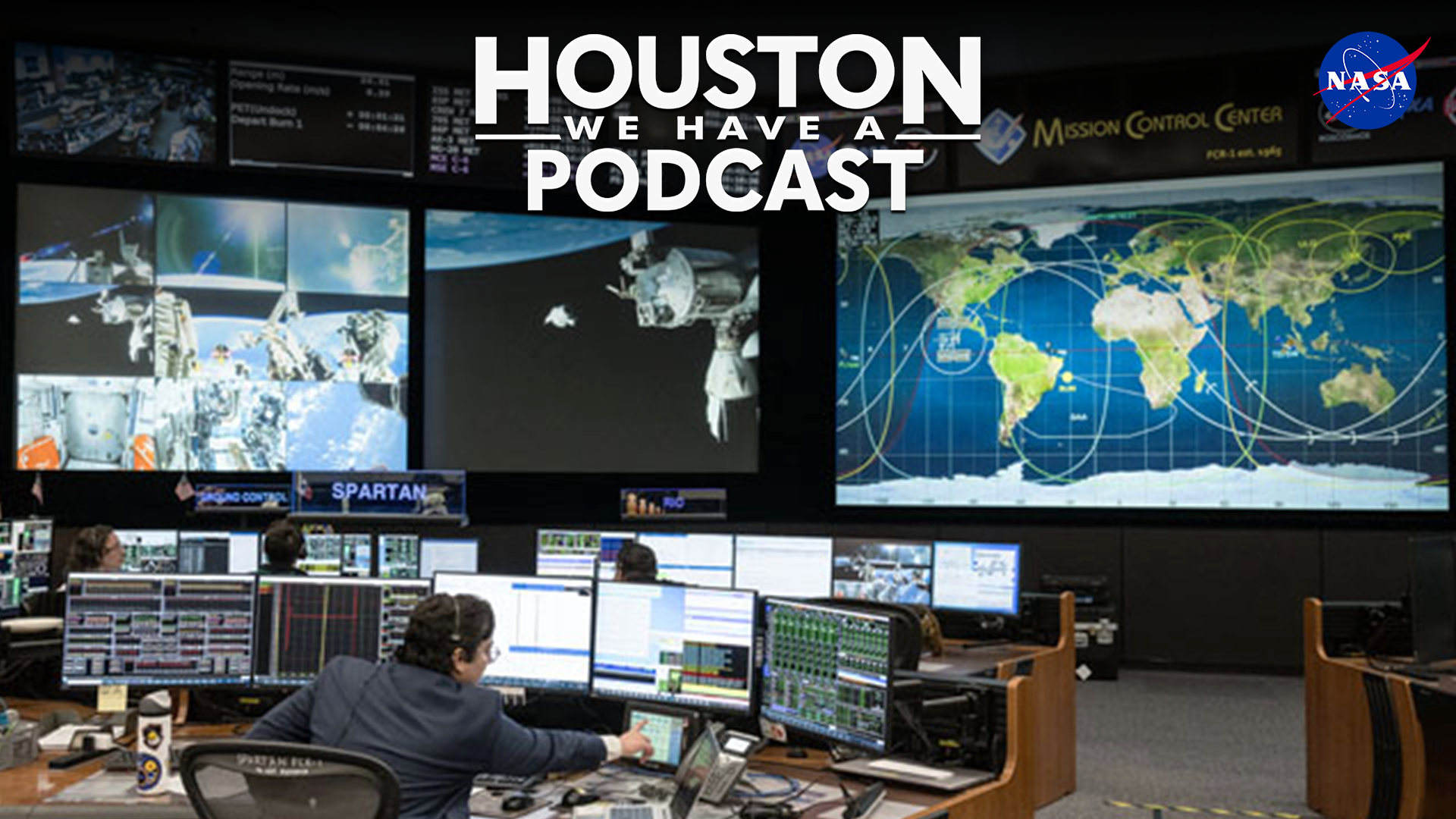01. Ascension | NASA’s The Invisible Network Podcast
PRESIDENT JOHN F. KENNEDY I believe that this nation should commit itself to achieving the goal, before this decade is out, of landing a man on the Moon and returning him safely to the Earth. NARRATOR Just south of the equator lies a tiny plot of volcanic soil, a thousand miles from the nearest continent. The island sits about midway between the horns of Africa and South America. In 1501, Portuguese admiral Jose de Nova Gallege stumbled upon it en route to India, but left it unnamed. Two years later, Portuguese general Afonso de Albequerque happened upon the island…
